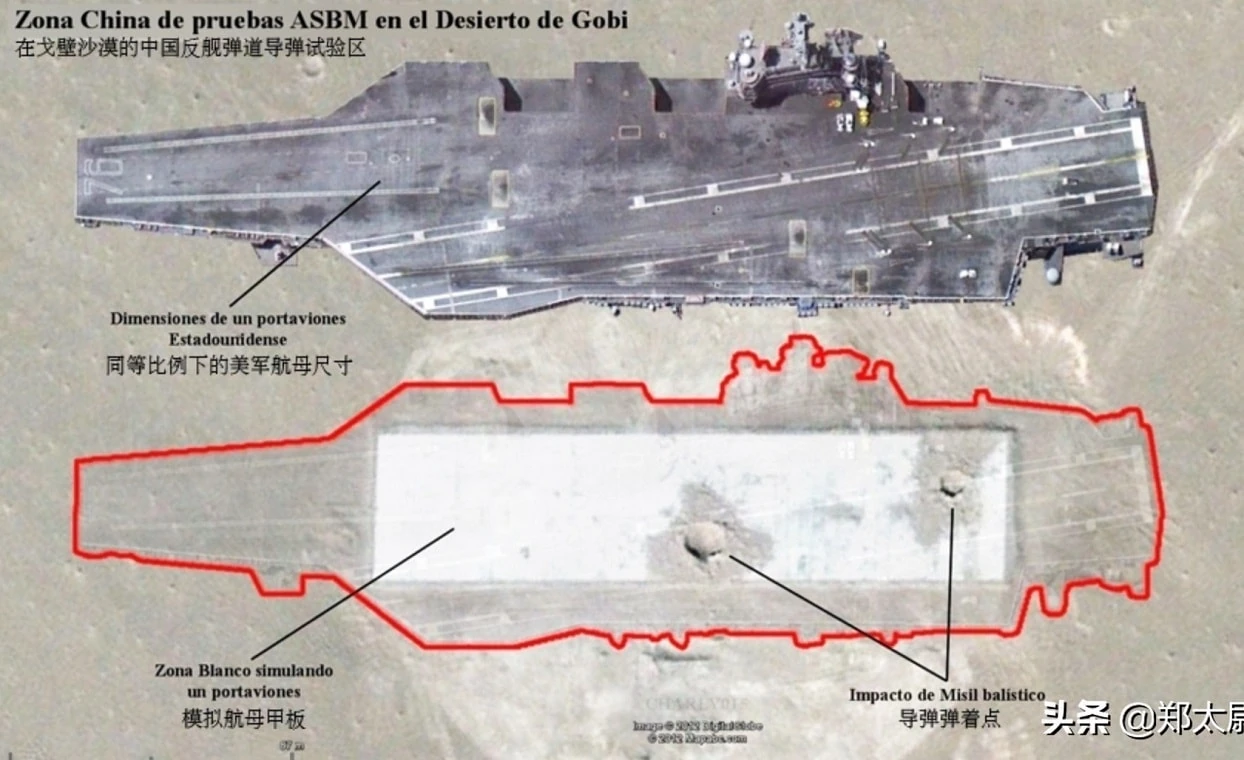Practice makes perfect – a statement that is absolutely true in advance of a military operation. Soldiers, sailors, pilots, and other warfighters typically spend much time “training.” Sometimes, the training doesn’t always go as planned – as was noted in the ill-fated Operation Tiger, the massive dress rehearsal for the invasion of Normandy, when a German patrol caught the Allied forces completely off-guard.
However, other times the training proved to be vital to success.
Such was the case with the Imperial Japanese Navy’s attack on Pearl Harbor. The Japanese forces trained for about a year to prepare for the attack.
“Simply put, how the Japanese prepared for the attack is what assured their success that morning, and it is likely the Americans could have done nothing to alter significantly the outcome of the attack,” the U.S. Naval Institute noted in a feature on the history of the Pearl Harbor assault.
China Is Testing Missiles in the Desert
Such should be a lesson for the U.S. military today, as China has been reported to be honing its ship-killing skills for a potential future conflict. Where the Japanese practiced around the waters of its home islands, China is preparing for any future conflict in the desert.
As has been previously reported, China has been building aircraft carrier targets in the Taklamakan Desert, and USNI News reported this month that other sites have emerged forming “a string of large-scale target ranges running along the eastern edge of the desert.” Satellite photos suggest that these include simulated warships that were modeled on actually U.S. ships in port.
Among these is a facility that includes full-scale piers and destroyer-sized “ship-like” targets that were constructed in December. A test missile was reported to have hit the simulated warship “dead center” in February. The target site was then quickly disassembled, likely for evaluation.
U.S. Carriers As Targets
Such sites, located in extremely remote regions, have apparently been used for testing hypersonic anti-ship ballistic missiles (ASBMs), which have been seen as a potential “carrier killer.” Based on past evidence, it is clear that the United States Navy’s carriers are what China has been preparing to strike.
Satellite images captured by Colorado-based satellite imagery company Maxar Technologies reportedly showed the mock-ups of the U.S. warships at a ballistic missile test site, and the targets appeared to represent a U.S. Navy nuclear-powered carrier such as the Nimitz or Ford-class, as well as an Arleigh Burke-class guided-missile destroyer.
These test sites have been known for years. They had been used to test early versions of its so-called carrier killer DF-21D anti-ship ballistic missile in 2013. During those tests, the People’s Liberation Army (PLA) very publicly claimed it “successfully sunk” a carrier in a war game.
Now it seems that China is looking to test its even more advanced ASBMs, and potentially ensure that the weapons could discern a ship from a pier – and have the capability of sinking U.S. warships before they could ever escape to open-water. While it is said that to ensure peace, you need to prepare for war – but the U.S. should also ensure that China doesn’t perfect its ability to strike its warships.
Now a Senior Editor for 1945, Peter Suciu is a Michigan-based writer who has contributed to more than four dozen magazines, newspapers and websites. He regularly writes about military hardware, and is the author of several books on military headgear including A Gallery of Military Headdress, which is available on Amazon.com. Peter is also a Contributing Writer for Forbes.

